Now, I’m completely aware that this is probably the umpteenth time you will read about Brotherhood Winery on this blog, but I’ll try my best to keep my fellow wine enthusiasts from being, well, unenthused. (As if one can be unenthusiastic about wine, hah.)
My good friend, Sara and I met at the crack of dawn in hopes that we would arrive to Washingtonville, upstate New York at the latest by noon. After two trains to 42nd street, a bus going to Hoboken, an hour long ride courtesy of Metro North via “Salisbury Mills-Cornwall,” and a 3.8 mile cab ride, we quickly realized that we signed ourselves up for quite the trek. “This would have been an easier journey if we went to JFK and flew directly to France,” we joked while waiting for the train. (In all seriousness, we could have arrived to Paris in six hours. Our trip took seven and a half.) But what could possibly be better than getting to learn about wine-making on good old American soil?
We signed up for both the winery tour and tasting, which came with an option of varietal or traditional flight– the difference being dry and sweet wines. Wanting to maximize our experience to the fullest extent, we chose one of each. $10 a head for both tour and tasting is not bad at all. In fact, this also includes a complementary wine glass which everyone gets to take home and a tasting of up to seven flights. What a package!
Our tour began with Joanne, a lady with a very pleasant disposition and a soothing speaking voice, who just so happened to be the tour guide. Before taking us down to the museum cellar, she introduced the exterior of the winery.
Being America’s oldest winery (est. 1839) means they’ve been through the best of times and the worst of times. In 1999, an electrical fire destroyed portions of the winery including the tasting and sales room to the adjacent Grand Monarque, which has been used as a catering hall. Though Brotherhood’s fortunes suffered for quite a number of years, they’ve managed to rebuild everything using metal and other anti-flammatory materials, in order to avoid another fire.
Joanne mentioned a man named “John Jakes” -to which I later found out was actually Jean Jacques- a French Huguenot who purchased a massive piece of land in the Hudson Valley to grow his own grapes. In 1837, he bought out this space in Washingtonville, thus became the birth of Brotherhood Winery.
By 1839, the cellars were dug and it is currently the oldest operating cellar in the United States. Interestingly, Mr. Jacques also once owned a boot company in this very same space before producing his own wines. You will find boot-making contraptions as part of an exhibit in the cellar.
Brotherhood has been passed down by generations of different ownership. After making wine for 60 years, they sold the property to Jesse and Edward Emerson, who were both New York City wine merchants. It wasn’t until they took over, that this winery was named Brotherhood, all due to a project which they collaborated with an organization called “The Brotherhood of New Life.”
It was 1921 when the Farrells took over Brotherhood; it was also when Prohibition started to take place in the U.S. While most wineries/distilleries at this time were being shut down, the Farrells decided to sell “sacramental wine” for religious ceremonies in order to preserve their daily operations. It was also the Farrells who started the now popular concept of wine tourism, where they began conducting tours down in their cellar to bring attention to their own wines.
Today, Brotherhood is owned by Cesar Baeza, a wine educator, consultant, and a “master of blending.”
Since there are no vineyards in the Washingtonville location, all their grapes are directly brought out from the Finger Lakes AVA and crushed on site here in Brotherhood. This is their “demo vineyard” as a display to demonstrate grape vines during tours.
Down in the cellar are rows of 60 gallon casks, which are mainly made from white American oak. These are no longer in use because of it’s lack of practicality. Yeast would stick to the inner walls during the process of fermentation and it was an incredibly difficult task to clean for second use. Child workers were often forced to go in these casks and clean the walls with sulfur candles, allegedly.
A demonstration of Methode Champenoise / Traditionelle. The bottles are twisted by hand in Brotherhood where they produce various sparkling wines.
An old wine storage.
Down further we go!
At last! This is where they store their wines for aging. Joanne says these barrels are a mix of French and American Oak.
This reads, “Pinot Noir, April 2014, 36 Months.”
This is one out of the several chairs you will randomly find in the cellar. This is to prevent from anyone tripping over these cracks.
3:25 pm and we’ve finally made it to the wine tasting . . .
So, just a quick recap: New York ranks third among wine producing states. Our notable regions include Lake Erie AVA, the Finger Lakes AVA, the Hudson River Region AVA, and the eastern end of the Long Island AVA. While much of our production is dedicated to native American grapes such as Concord grapes, regions along the Hudson and the Finger Lakes are similar in style to German wine-making practices. Riesling is one of New York’s important grapes, along with other varietals such as Chardonnay, Pinot Noir, and Cabernet Sauvignon.
Our tasting was introduced with a Blancs de Blancs, 100% Chardonnay, N.V. Sparkling Wine. Slightly dry, but soft and well rounded. Very crisp and has a pleasant mouthfeel.
This is a White House selected Riesling, chosen by the Clintons during their administration. Very floral and aromatic with a long clean finish.
“May Wine” is one of Brotherhood’s popular signature wines. A blend of fermented woodruff and strawberries. Traditionally served in Germany as a celebration of spring. It was very straightforward; almost like a liquefied strawberry jam. A little too sweet for my palette, but perhaps those with a sweet-tooth may enjoy this wine.
Aaaand how could I forget the Brotherhood Ruby Port!?! This was my favorite out of everything we tasted. Full bodied and velvety smooth with strong notes of ripe berries.
To conclude the tasting, Joanne personally thanked everyone in the group and guided us to the cashier who wrapped our little gift to take home. It was almost 4:30 pm and we had a long way back to our natural habitat, otherwise known as the concrete jungle. Sure, if we had a choice between closing our eyes and tapping our heels three times vs. riding the Metro North again back to Hoboken, we would choose the easy way back. But how can anyone complain with belly full of good wine and a day full of brand new experiences . . .

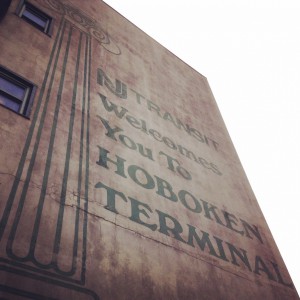
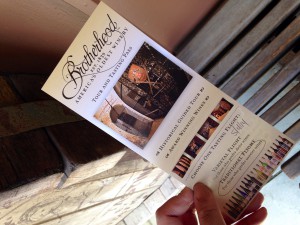
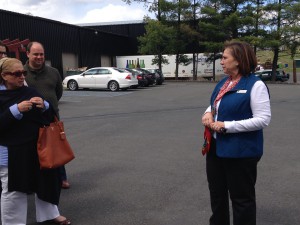
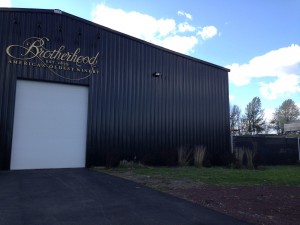
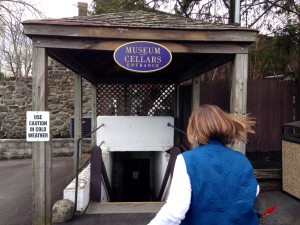
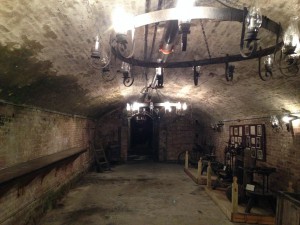
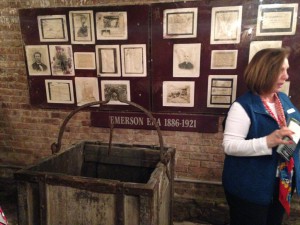
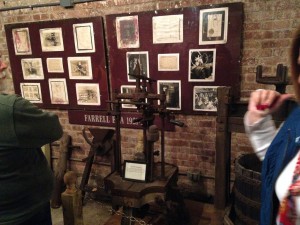
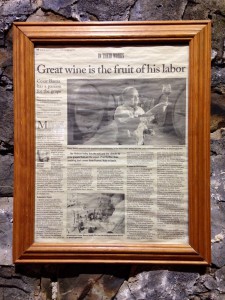
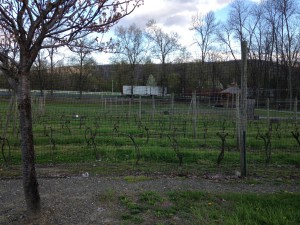
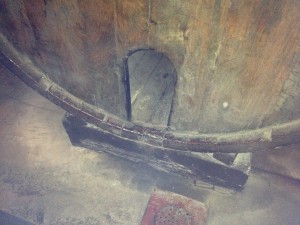
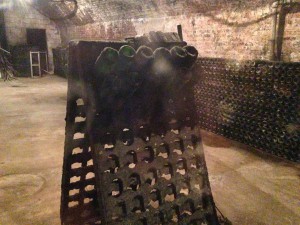
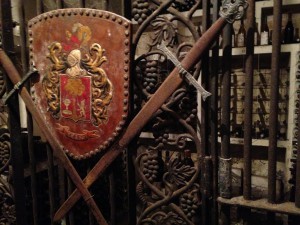
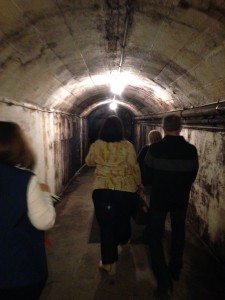
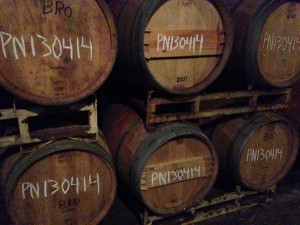
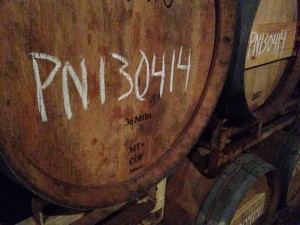
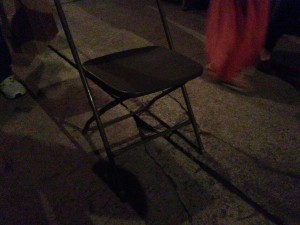
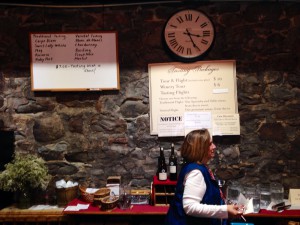
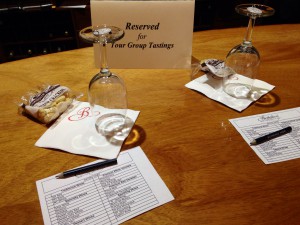
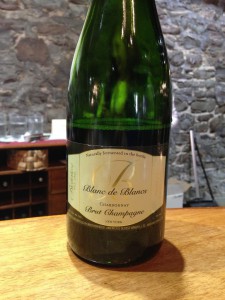

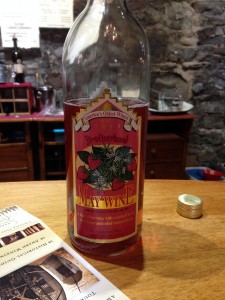
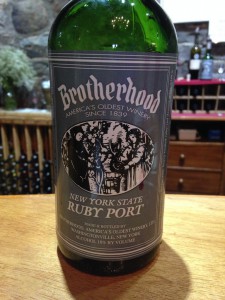
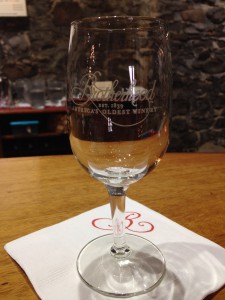



I hope the 7 1/2 hours was round trip and I hope that you will get to the wine regions of France soon.
I had the same concern as you did when I saw so many Brotherhood posts but each has been different. I like that you brought in technical information about AVAs.
If you read other post you will notice that Nykkiecha loves the Riesling that the Clinton’s poured at the White House, cool.
I think I will send Brotherhood our class site link.